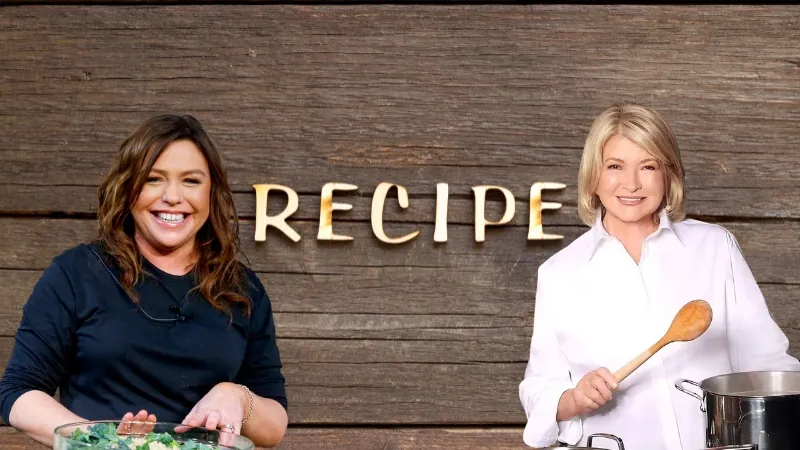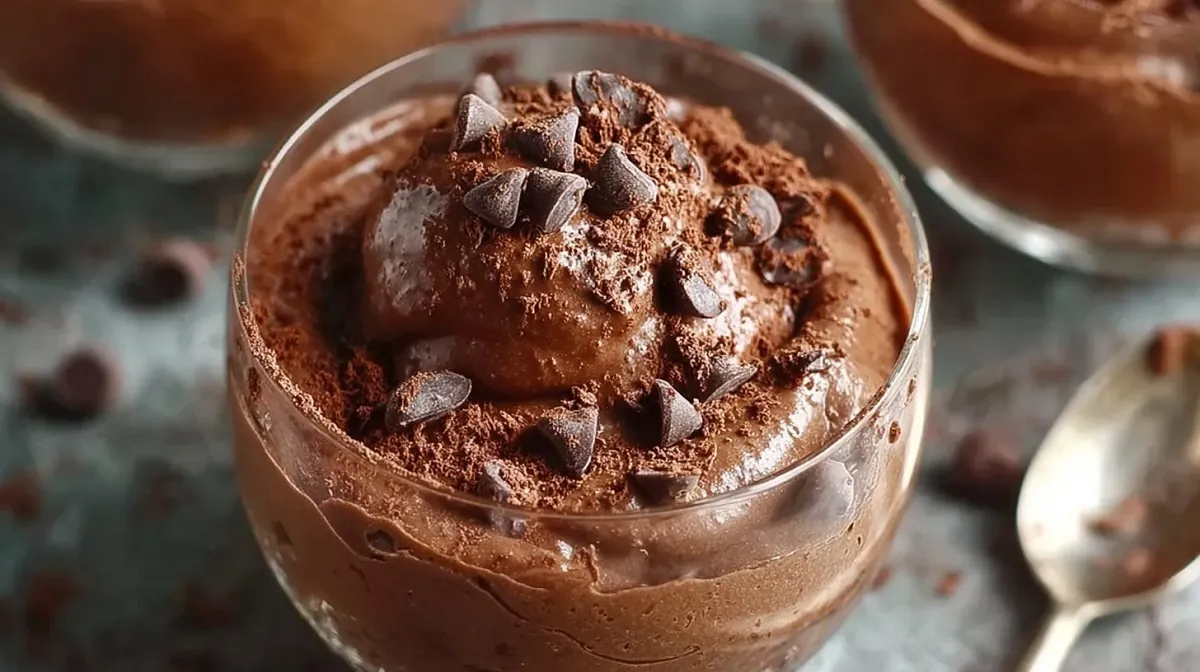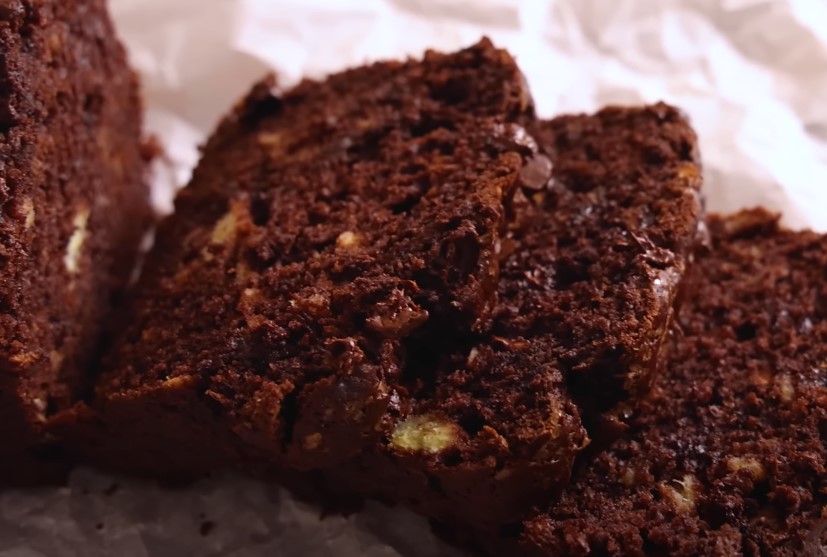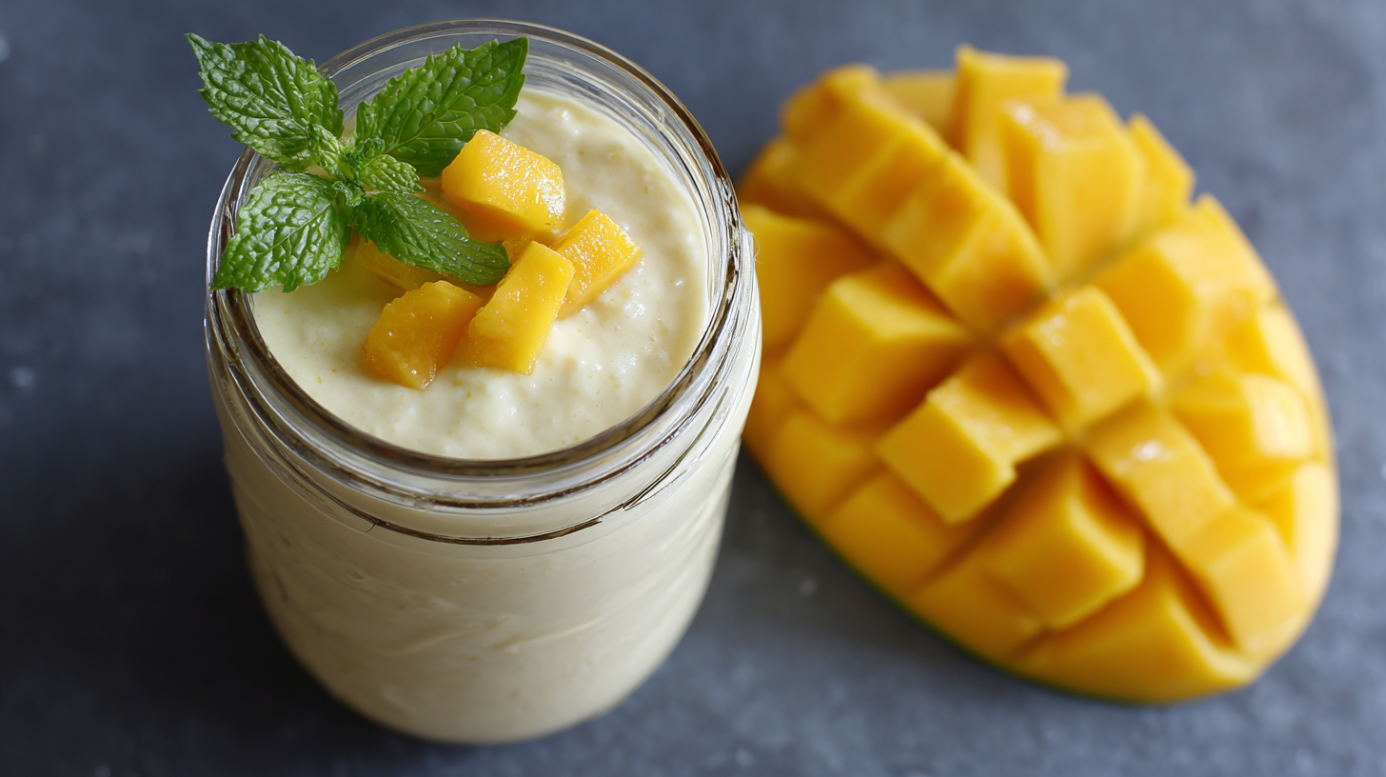Walk into any modern kitchen, and you’ll likely find a mix of high-tech gadgets, colorful utensils, and shiny cookware. It looks great, and for the most part, it’s built for convenience.
But not everything that glitters in your cabinets is safe for everyday cooking. Some tools and materials can quietly contaminate your meals, especially when exposed to heat, acids, or regular wear and tear.
If you care about what goes into your food, it’s worth paying attention to what’s touching it along the way. Here’s what to watch out for, and what to use instead.
Table of Contents
ToggleA Quick Look
| Category | Avoid | Health Concern | Safer Alternative |
| Cookware | Teflon, PTFE, uncoated aluminum | PFAS fumes, potential neurotoxicity | Ceramic, cast iron, stainless, carbon steel |
| Storage Containers | BPA/BPS plastics, cling wrap | Hormone disruption, chemical leaching | Glass, stainless steel, silicone bags |
| Utensils | Cheap plastic tools | Microplastics, melting risk | Wood, bamboo, food-grade silicone |
| Dinnerware | Plastic plates, old ceramic/glassware | BPA, phthalates, lead | Lead-free glass, ceramic, silicone |
| Wraps/Foil | Aluminum with acidic foods | Aluminum leaching (debated) | Parchment paper, glass dishes with lids |
Why Kitchen Materials Matter More Than You Think

Every pan, spoon, bowl, and storage container eventually touches something you eat. And if those materials contain harmful chemicals or reactive surfaces, there’s a chance they’re leaving more behind than flavor.
It doesn’t always happen overnight. The real concern is long-term exposure. Repeated use of unsafe cookware or utensils can lead to a slow buildup of toxins in the body.
Some are hormone disruptors, others are linked to neurological or developmental issues.
A few have even been associated with cancer risks. The good news? A lot of this is preventable with some small but smart changes in your kitchen setup.
Nonstick Cookware
Let’s start with the classic nonstick pan. Everyone loves how easy it makes breakfast cleanup, but many nonstick coatings use chemicals that aren’t so friendly once heated.
PFAS (The “Forever Chemicals” in Teflon)
PFAS (per- and polyfluoroalkyl substances) include PTFE, the compound that gives Teflon its nonstick power. They don’t break down easily, neither in your body nor in the environment.
And when heated above 500°F, they can release fumes that have been known to cause flu-like symptoms. This is sometimes called “Teflon flu” or polymer fume fever.
While many brands now boast “PFOA-free” labels, that doesn’t mean the pans are free from other PFAS. So those labels don’t always offer real peace of mind.
For more on other PFAS‑related legal actions, check out the AFFF Lawsuit Update.
Safer Picks
- Ceramic-coated pans: PFAS-free and easy to clean, though they tend to wear out faster than traditional nonstick.
- Stainless steel: Great for browning and searing. With the right oil and heat, it’s practically nonstick.
- Cast iron or carbon steel: Lasts forever if seasoned properly. Safe, sturdy, and even boosts your iron intake.
| Cookware Material | What to Avoid | Why | Use Instead |
| Nonstick (PTFE/Teflon) | PTFE, PFOA, PFAS | Toxic fumes, hormone disruption | Ceramic, stainless, cast iron |
| Aluminum (uncoated) | Bare aluminum | Possible links to neurological issues | Stainless steel, enamel-coated options |
Quick tip: Never heat a nonstick pan dry. Always add something – oil, water, food, to prevent overheating.
Storage Containers
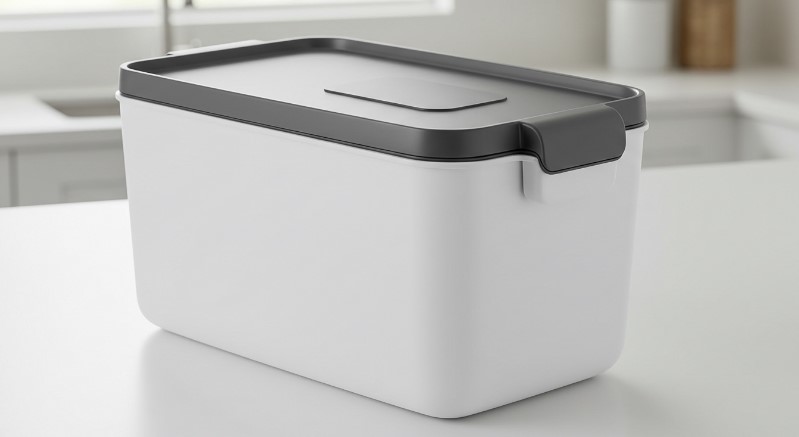
You’ve probably got a drawer (or three) stuffed with old plastic containers. They’re cheap and convenient, but not all plastics are created equal.
Some leak chemicals into your food, especially if you’re microwaving, storing acidic sauces, or letting them sit in the sun.
BPA, BPS, Phthalates, and Microplastics
BPA (bisphenol A) is commonly found in hard plastics and linings of food cans. It mimics estrogen and can mess with your hormones. Many companies have replaced it with BPS, which might actually be worse.
Phthalates, another plastic additive, make plastics flexible but are linked to developmental and reproductive problems.
Even without chemical leaching, worn plastic can release microplastics into food. We’re only beginning to understand the long-term effects of ingesting these particles, but early research isn’t comforting.
Better Choices
- Glass containers: Great for leftovers and safe for both microwave and dishwasher.
- Stainless steel tins: Lightweight, durable, and chemical-free.
- Food-grade silicone bags: Flexible, washable, and ideal for snacks or freezer use.
| Storage Type | What to Avoid | Why | Safer Option |
| Plastic containers | BPA, BPS, phthalates, microplastics | Hormone disruption, unknown long-term risks | Glass, stainless steel, silicone |
| Cling wrap & baggies | Soft plastic types with phthalates | Flexible plastics can leach chemicals | Reusable beeswax or silicone wraps |
Quick tip: Never microwave food in old plastic containers, even if they’re labeled microwave-safe. Heat speeds up chemical leaching.
Utensils
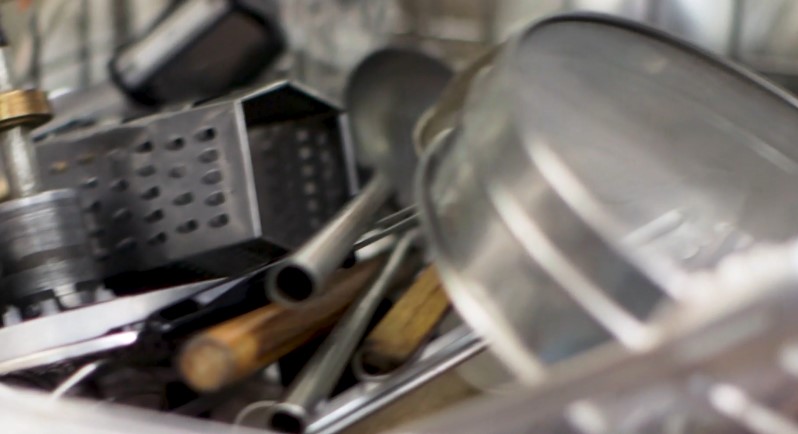
You stir your soup, flip your omelet, scrape the pan, but what are your tools made of?
Plastic utensils, especially the cheap ones, can degrade over time. Scratches, warping, and stains are more than just cosmetic.
They’re signs your utensils might be leaching microplastics or additives into your food, particularly at high temperatures.
Safer Swaps for Common Utensils
- Wooden spoons: A classic for a reason. Just make sure they’re FSC-certified and not sealed with mystery coatings.
- Bamboo tools: Naturally antimicrobial and sustainable.
- Food-grade silicone: Great for heat resistance. Look for “medical-grade” or “platinum-cured” labels to ensure quality.
- Stainless steel: Long-lasting and dishwasher-safe, though it’s best for serving and stirring, not for use on nonstick.
Care Tips
- Avoid soaking wooden tools overnight; moisture can cause mold.
- Replace melted or frayed silicone tools. If it looks worn, it’s time to retire it.
Dinnerware
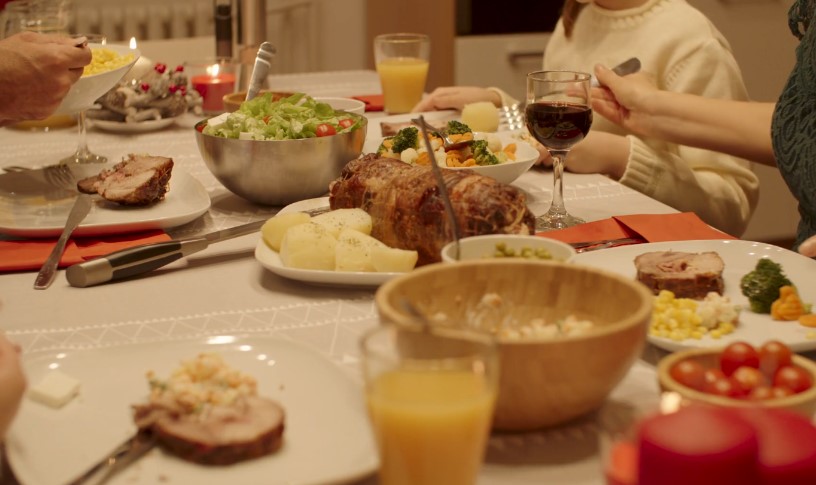
Most people don’t give a second thought to plates or glasses. But certain dishes, especially older or imported ones, may still contain lead or other toxins.
Lead in Ceramics and Glassware
Some vintage plates or imported ceramics are glazed with materials that contain lead. If the glaze isn’t properly sealed, that lead can leach into food. The same goes for certain types of crystal glassware.
Even today, decorative pieces that aren’t meant for food use sometimes make it to the dinner table, particularly at second-hand shops or flea markets.
| Dinnerware Type | What to Watch For | Health Risk | Safer Option |
| Vintage ceramics & crystal | Lead in glaze or glass | Neurotoxic, especially for children | Lead-free certified ceramic or glass |
| Plastic plates & bowls | BPA, phthalates | Hormone disruption | Silicone, glass, or stainless steel |
Pro tip: If you’re not sure about older ceramic ware, don’t serve hot or acidic foods on it. Those are more likely to trigger chemical leaching.
What About Aluminum Foil?
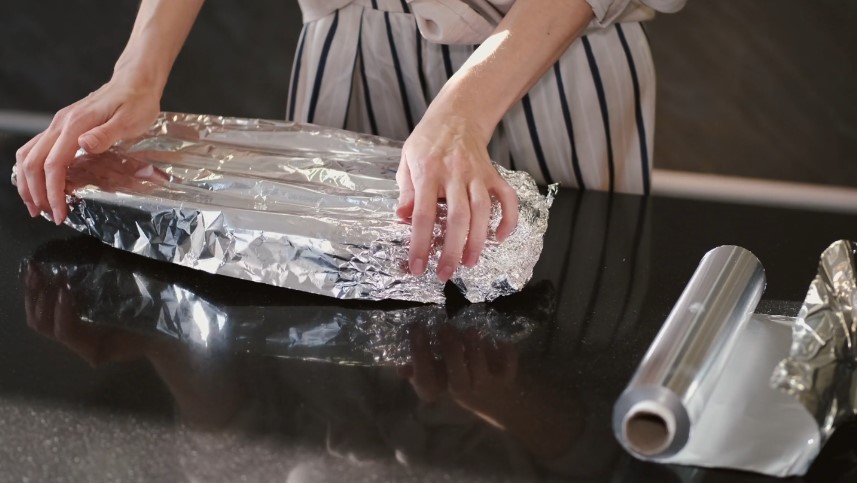
Aluminum foil is a staple in most kitchens, but it’s not always the best idea, especially with acidic foods like tomatoes, citrus, or vinegar-based sauces.
Acidic ingredients can cause aluminum to transfer into your food. While research on its long-term health impact is still ongoing, it’s best to limit exposure when possible.
Smarter Swaps
- Parchment paper: Great for baking or wrapping.
- Glass baking dishes with lids: Ideal for oven-to-table storage.
- Stainless containers: Better for packing lunch or storing marinated foods.
Daily Habits That Boost Kitchen Safety
Avoiding harmful tools and materials is a huge step, but how you use your kitchen gear also plays a role in meal safety.
A Few Habits Worth Adopting
- Ventilate while cooking: Especially if you still use traditional nonstick cookware. Open a window or run the fan.
- Avoid high heat on nonstick: It’s a major trigger for chemical release.
- Season your cast iron: Keeps it naturally nonstick and rust-free.
- Label leftovers with dates: Old food equals higher risk of contamination.
- Replace damaged tools: Scratched, melted, or cracked gear should be tossed.
Final Thoughts
You don’t need a full kitchen overhaul to cook safely. But being thoughtful about the tools you rely on every day makes a real difference.
Avoiding cookware and containers made with PFAS, BPA, phthalates, and lead is a smart move for your long-term health.
Glass, stainless steel, food-grade silicone, and properly labeled ceramics can do the job better and safer.
Your kitchen should be a place of comfort, creativity, and nourishment. Choosing safe materials just helps keep it that way.



